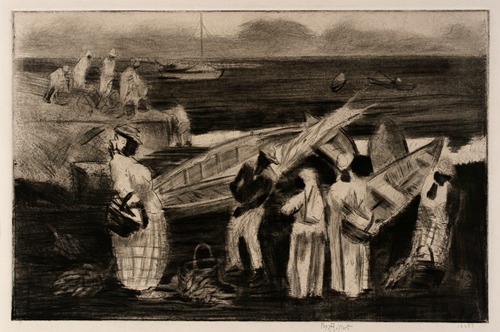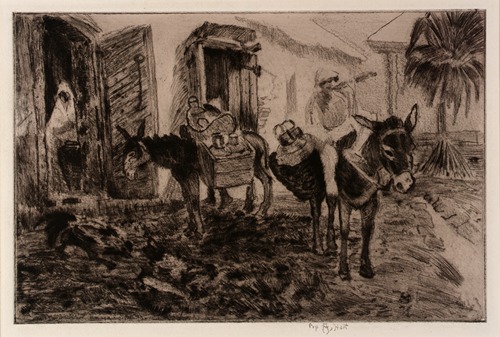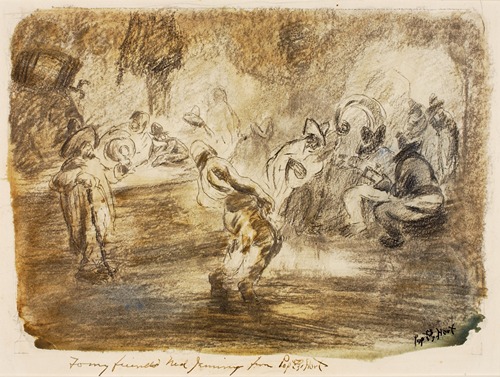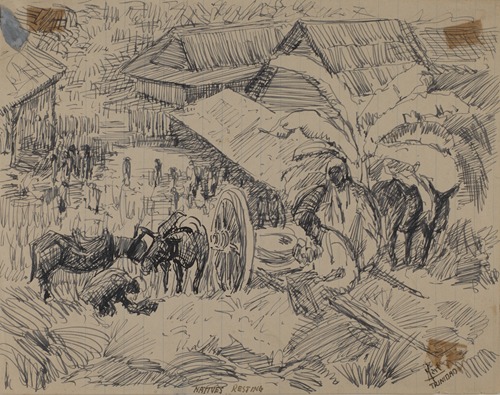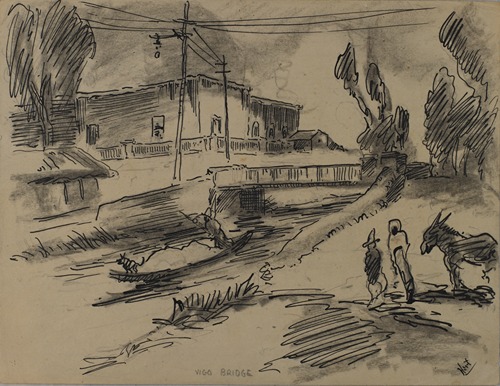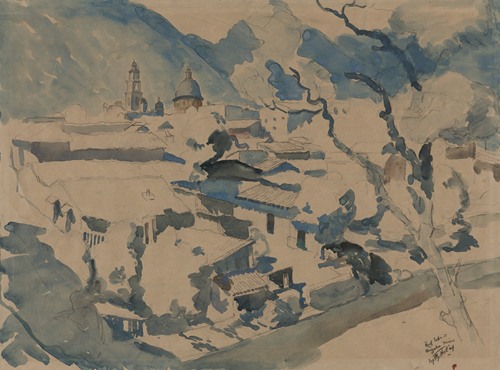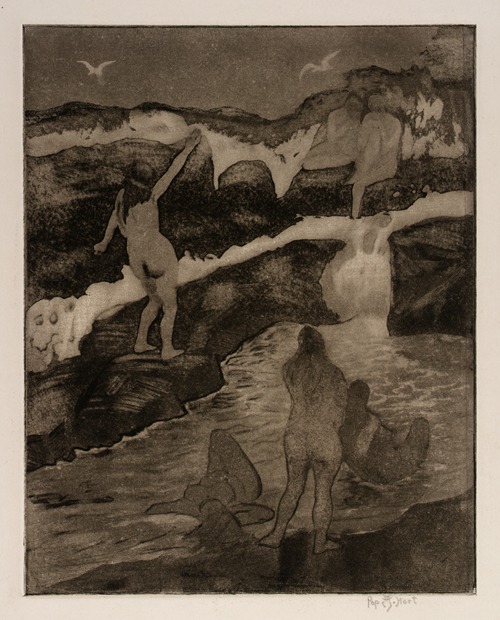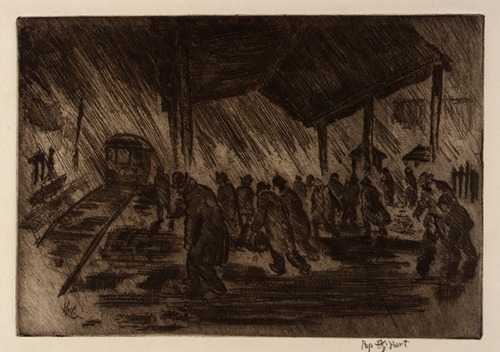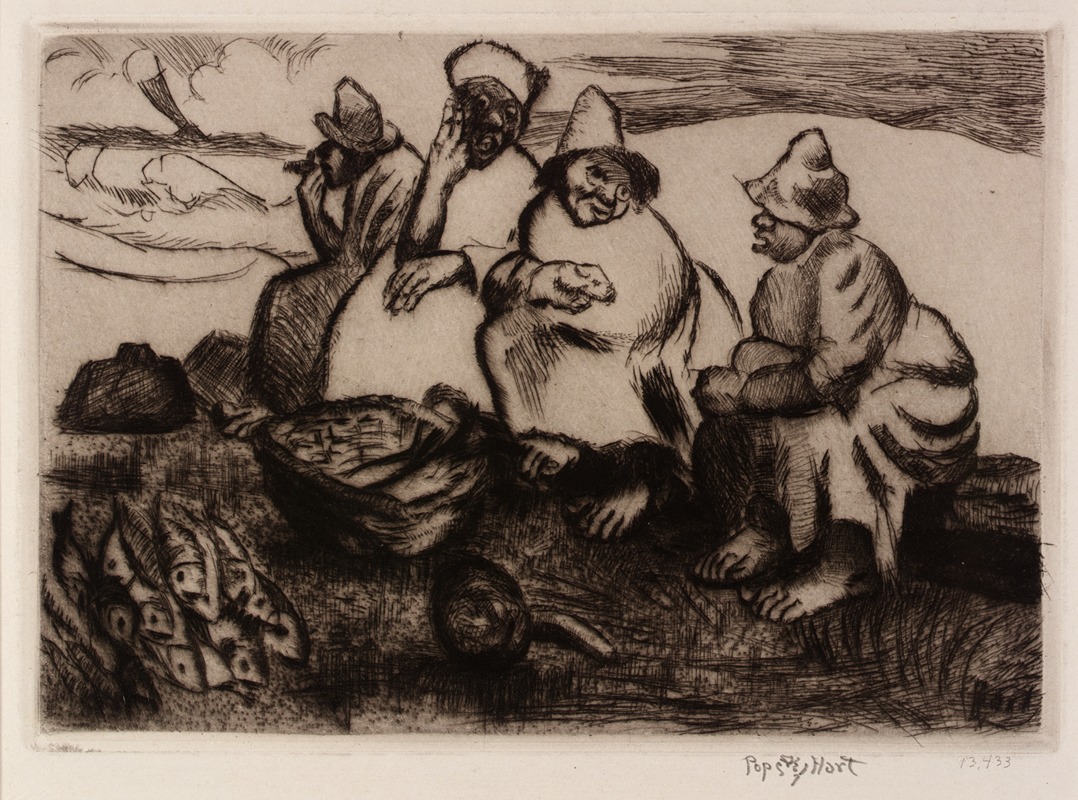
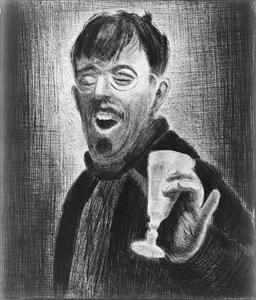
George Overbury "Pop" Hart was an early 20th century American painter and watercolorist.
Hart was born in Cairo, Illinois, the eldest of four children, and raised in Rochester, New York. His father managed a printing roller factory, and Hart worked there for a time in his teens but lost the job due to an explosion that took place when he was off sketching instead of watching the glue vats. Around the age of 18, he went to London on a cattle boat and while in England became an itinerant sign painter to support himself. Eventually he landed in Chicago, where he worked for a while as an illustrator for a newspaper and also as a sign painter for the Chicago World's Fair of 1893 and other clients. Although Hart was initially self-taught, in the 1890s he attended the Chicago Art Institute on and off for several years, and in 1907 he spent a year at the Académie Julien in Paris.
For the first few years of the 20th century, Hart traveled all over the world: to Mexico, Central America, North Africa, the Caribbean, and the South Pacific, where he visited Tahiti in 1903, shortly after the death of Gauguin. Following his 1907 studies in Paris, he supported himself for about five years by working as a sign painter around New York City, and then he worked for most of a decade painting sets for the nascent film industry in New Jersey. He set up a studio in Coytesville, a neighborhood in Fort Lee, New Jersey, but he spent much of the 1920s traveling again.
Hart is said to have acquired his nickname of "Pop" after growing a beard during one of his many trips, and thereafter many of his works appear with the signature "Pop Hart". He died in 1933 in Coytesville, where he had lived in poor health during his last years.

